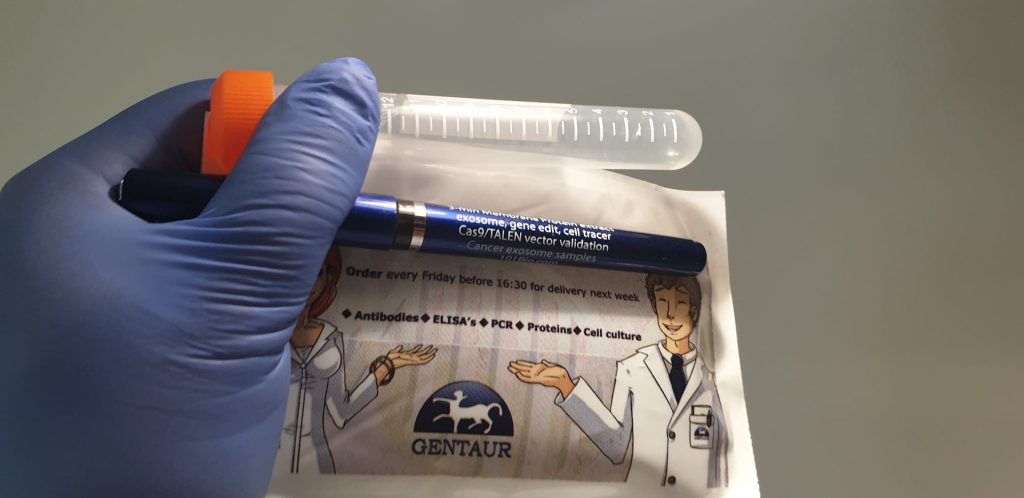The bispecific antibodies combine the specificity of two monoclonal antibodies, can bind simultaneously to different antigens or distinct epitopes within the same antigen.
In this entry we summarize 4 fundamental aspects to know the characteristics and functionalities of bispecific antibodies .
1.- WHAT ARE BISPECIFIC ANTIBODIES?
Bispecific antibodies are antibodies with the ability to specifically bind two different antigens or two epitopes of the same antigen simultaneously.
This characteristic confers certain functional advantages on monoclonal antibodies, such as the ability to:
- Simultaneously interfering with multiple targets such as surface receptors.
- Bring two targets together to favor the formation of protein complexes or cause contact between cells.
- Transport drugs, radiolabels or nanoparticles to a target tissue.
2.- HOW ARE BISPECIFIC ANTIBODIES OBTAINED?
Bispecific antibodies can be generated by three methods:
- Quadromas technology
This technique is based on the fusion of two different hybridoma lines, giving rise to a new cell line known as quadroma that will produce bispecific immunoglobulins.
- Chemical conjugation
It consists of the conjugation of two different purified monoclonal antibodies.
- genetic engineering
Using recombinant DNA technology, it is possible to adjust characteristics such as size, valence, flexibility or half-life to obtain the bispecific antibodies that best fit the application of interest. Through this technique, more than 50 different formats of bispecific antibodies have been produced.
3.- WHAT TYPES OF BISPECIFIC ANTIBODIES ARE THERE?

Bispecific antibodies can be classified into two broad categories, within which different structural formats can be found:
- Bispecific antibodies with Fc region
The Fc region facilitates the purification of these bispecific antibodies, contributes to improving their solubility and stability, and confers effector functions mediated by that domain.
Some of the structural formats that fall into this category include Quadromas, KIH-IgG, scFv-IgG, scFv-Fc, CrossMab, TrioMab, DVD-IgGetc.
- Antibodies lacking Fc region
In this case, the bispecific antibodies completely depend on their ability to bind to the antigen to exercise their function.
Some structural formats include scFv-based bispecific antibodies, diabodies, Dock and Lock, DART, etc.
4.- WHAT ARE THE CLINICAL APPLICATIONS OF BISPECIFIC ANTIBODIES?
Bispecific antibodies, due to their ability to act as bridges between drugs or T cells and targets such as tumors, as well as their ability to simultaneously block different pathogenic mediators, have great potential as therapeutic tools in diseases such as cancer, autoimmune pathologies or inflammatory diseases.
The most relevant clinical applications currently being investigated include:
- Redirect immune effector cells near tumor cells
- Simultaneously block different signaling routes
- Block tumor angiogenesis
- Block the effect of cytokines
- Transport drugs, nanoparticles, etc. to target tissues
- Simplify diagnostic tests and reduce false positive results
